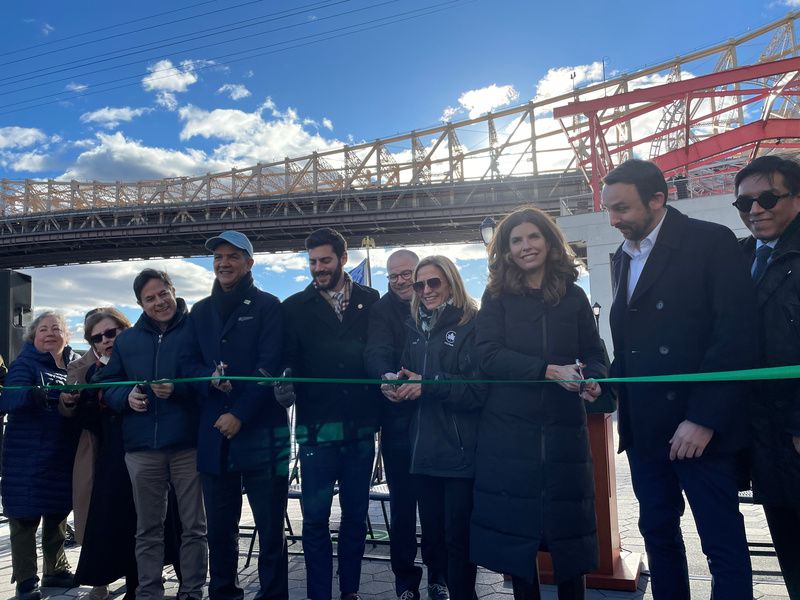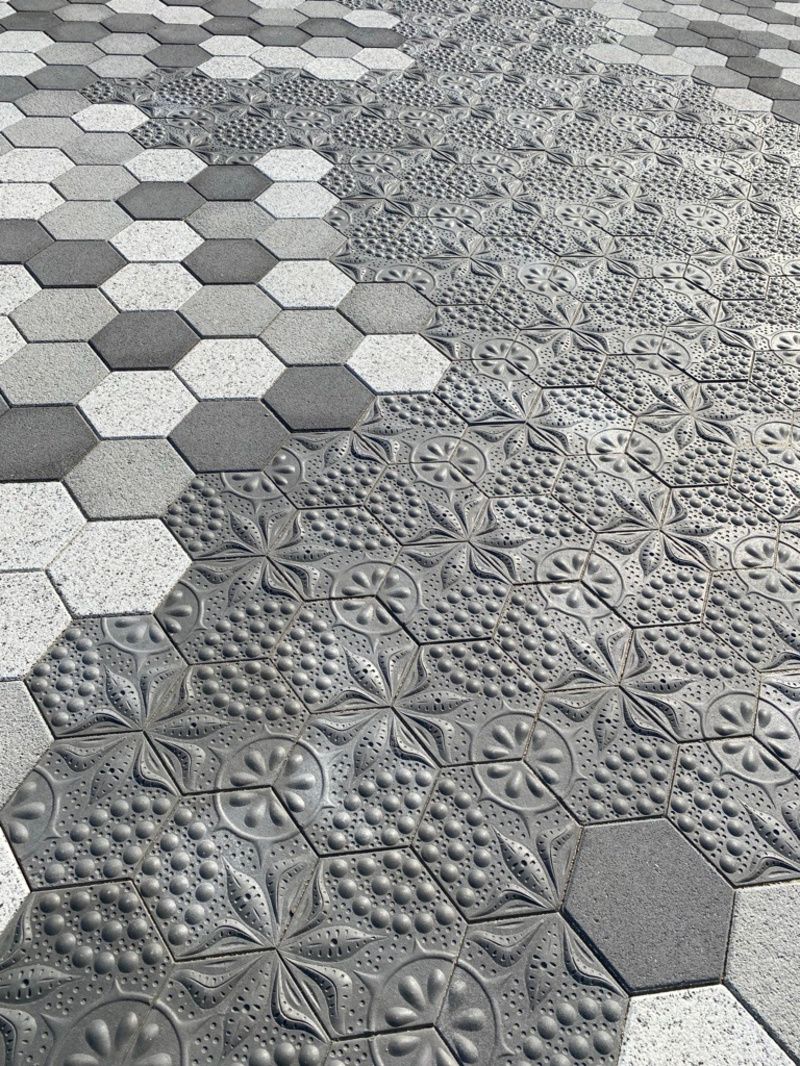Re-Framing 95: Preview & Tour
Join Untapped New York's Chief Experience Officer Justin Rivers and Artist-in-Residence Aaron Asis for a one of a kind activation weekend!


Bikers and pedestrians can now enjoy riverfront views that were once inaccessible along the East River. On December 19th, the first phase of the East Midtown Waterfront Esplanade, the East Midtown Greenway, was opened to the public. This stretch of park is part of a larger East River Waterfront project overseen by the New York City Economic Development Corporation (NYCEDC), a project that aims to give East Siders a riverfront park on par with Hudson River Park on the West Side. The new park incorporates innovative technologies to create a safe space for visitors and a resilient shoreline.

Under construction since 2019, the path was designed by Stantec and development firm Skanska. It stretches from East 53rd Street to East 60th Street. Along with the opening of Phase 2B at Andrew Haswell Green Park, this section covers 9 blocks of the waterfront.
To fill in this gap on the eastern shoreline, a new in-water structure was built. This public esplanade features new benches, lighting, plants, and a hidden art installation. The pavers are a work of art by Stacy Levy called Diatom Pavers. Each paver is embossed with images of diatoms that live in the East River. Diatoms are single-celled microscopic algae that inhabit bodies of water.

Due to their size – thousands can be found in a single spoonful of water – diatoms go unseen. Levy’s work magnifies the microscopic organisms but the work is still subtle enough that you might miss it if you’re not paying attention. These tiny transparent cells convert sunlight into energy and serve as a source of food for other creatures in the river such as oysters and fish.

Levy’s installation is one piece of the park that shows its dedication to the natural environment. Another element is the engineered soil used throughout the park. This soil will collect stormwater and help to nurture newly planted trees. Certified compost, recycled organic materials, and other vital nutrients will also help to keep the soil healthy.
GPS tracking, underwater drones, and time-lapse cameras will also help to protect the shoreline’s natural habitats. The GPS trackers will monitor the location of construction barges and trigger alerts when they come near certain “geo-zones.” The cameras and drones meanwhile will document construction progress and monitor submerged structures for erosion and defects.
The opening of this first phase marks another step towards filling in the gaps of the Manhattan Waterfront Greenway, an ambitious project that aims to create a continuously accessible waterfront park that wraps around the entire island, a 32.5-mile greenway loop totaling more than 1,000 acres! Once complete, this green space will be bigger than Central Park. The next step? Opening up the Harlem River Greenway in East Harlem which covers East 125th to East 132nd Streets.
Next, check out Hudson River Park Secrets
Subscribe to our newsletter